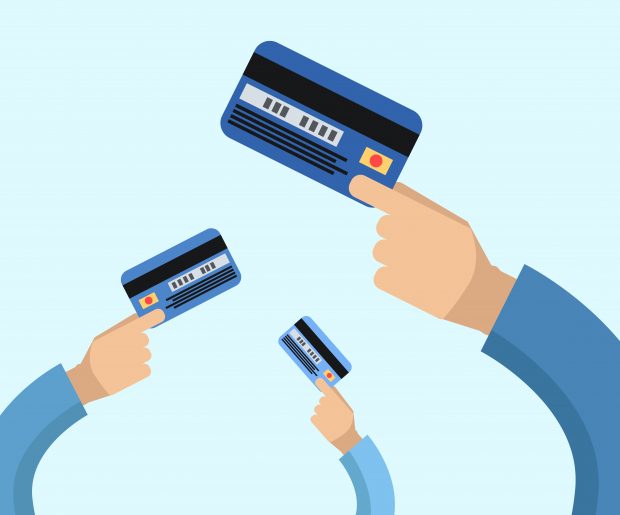 Source: Shutterstock.
Source: Shutterstock.
The COVID-19 pandemic accelerated trends toward online spending, and while the size of the gains has diminished since spring, the pattern will be longstanding, a PSCU officer said Monday.
The St. Petersburg, Fla.-based payments CUSO's Transaction Trends Update released this week showed a rising portion of spending occurring through online, or Card-Not-Present (CNP) transactions.
Recommended For You
For credit, online transactions accounted for 52.9% of purchases for the week ending Nov. 1, up from 47.5% in the week ending Nov. 3, 2019. For debit, online transactions accounted for 42.5% of purchases in the week ending Nov. 1, up from 37.3% a year earlier.
With the onset of the pandemic, consumers had no choice but to conduct more transactions online, PSCU Vice President Norm Patrick said.
Uber was an early pioneer in using its driver network by creating Uber Eats to extend its services as a food delivery service. Uber Eats, DoorDash and similar services boomed with the pandemic. Restaurants, struggling to survive, have bought into those services, and honed their practices to more easily allow customers to order online and pick up at the door, Patrick said.

"People are seeing the convenience of that, instead of having to go in and wait and run a card while you're there," he said. "People don't have a lot of time or patience to deal with that anymore."
And while the change is not as pronounced as in the immediate weeks after COVID-19 was declared a pandemic March 11 by the World Health Organization, the change is still large and will endure.
"That behavior has sustained itself," he said. "People have cozied up more to buying things online and buying things for delivery."
PSCU statistics showed the trend in major categories:
Goods: Members whose credit unions use PSCU for transactions went online for 52.6% of their credit card spending for 2020's Week 44 that ended Nov. 1, up from 26% in the first week of the year. For debit cards, online spending rose from 32% in Week 1 to 36% for debit.
Groceries: Online spending by credit card rose from 4.2% in Week 1 to 9.8% in Week 44. Online debit spending rose from 3.6% in Week 1 to 6.2 in Week 44.
Restaurants: Online spending by credit card rose from 11.3% in Week 1 to 28.8% in Week 44. Online debit rose from 11.7% in Week 1 to 21.3% in Week 44.
Overall, the Transaction Trends Update showed debit card spending rose 16.8% in the week ending Nov. 1 compared with Week 44 of 2019. Credit card spending rose 4.7%, its ninth consecutive weekly gain.
The Fed's G-19 Consumer Credit Report released Friday showed credit unions held $61 billion in credit card debt, down 5.2% from a year earlier.
The drop in credit card balances has continued for all lenders since COVID-19 was declared a pandemic earlier this year. However, credit card balances have been falling at credit unions at roughly half the rate of banks.
Patrick said the pandemic recession has led people to lean more on their debit cards and use credit more sparingly.
"We've had a great number of people who have begun to tighten their belts by using credit cards a lot less, and in fact paying down their balances, which has been facilitated by government assistance," he said.
By using debit, members don't have to pay a large, varying amount out of checking each month to pay their credit card bill. And by using debit, they "avoid the temptation of going into debt."
© Touchpoint Markets, All Rights Reserved. Request academic re-use from www.copyright.com. All other uses, submit a request to [email protected]. For more inforrmation visit Asset & Logo Licensing.







